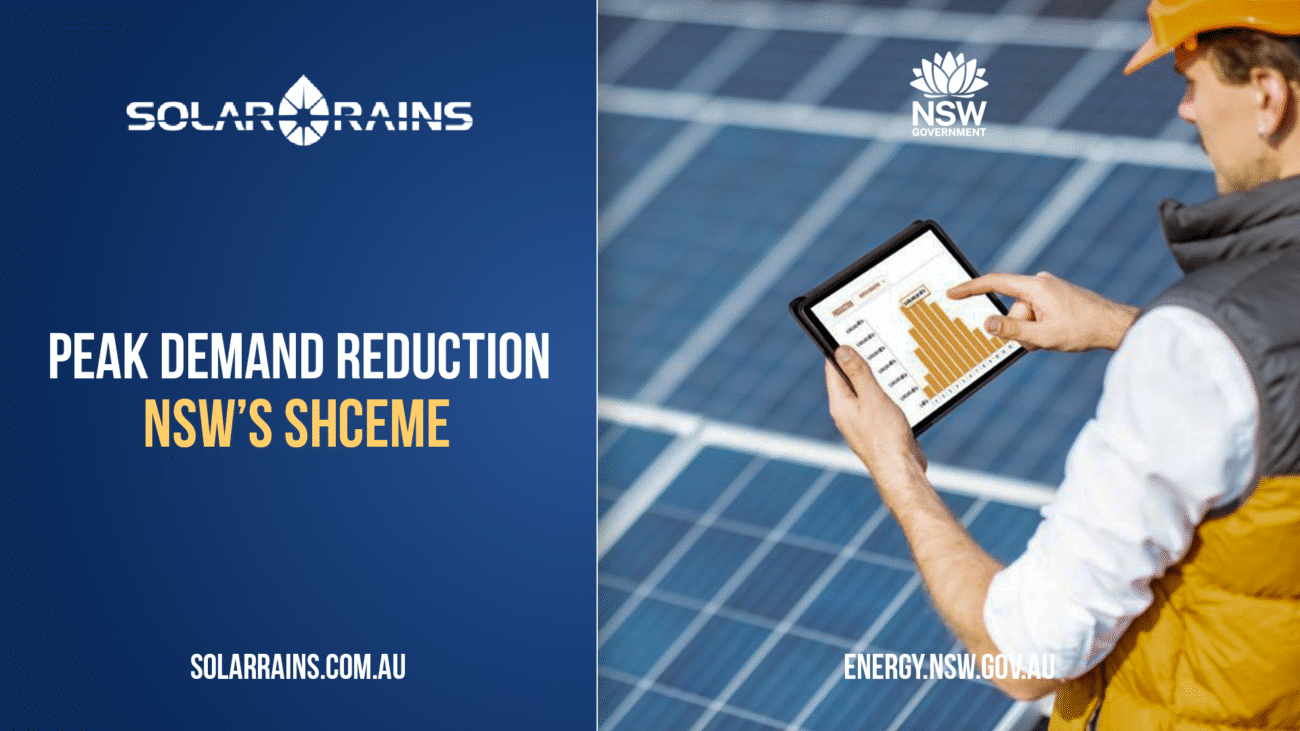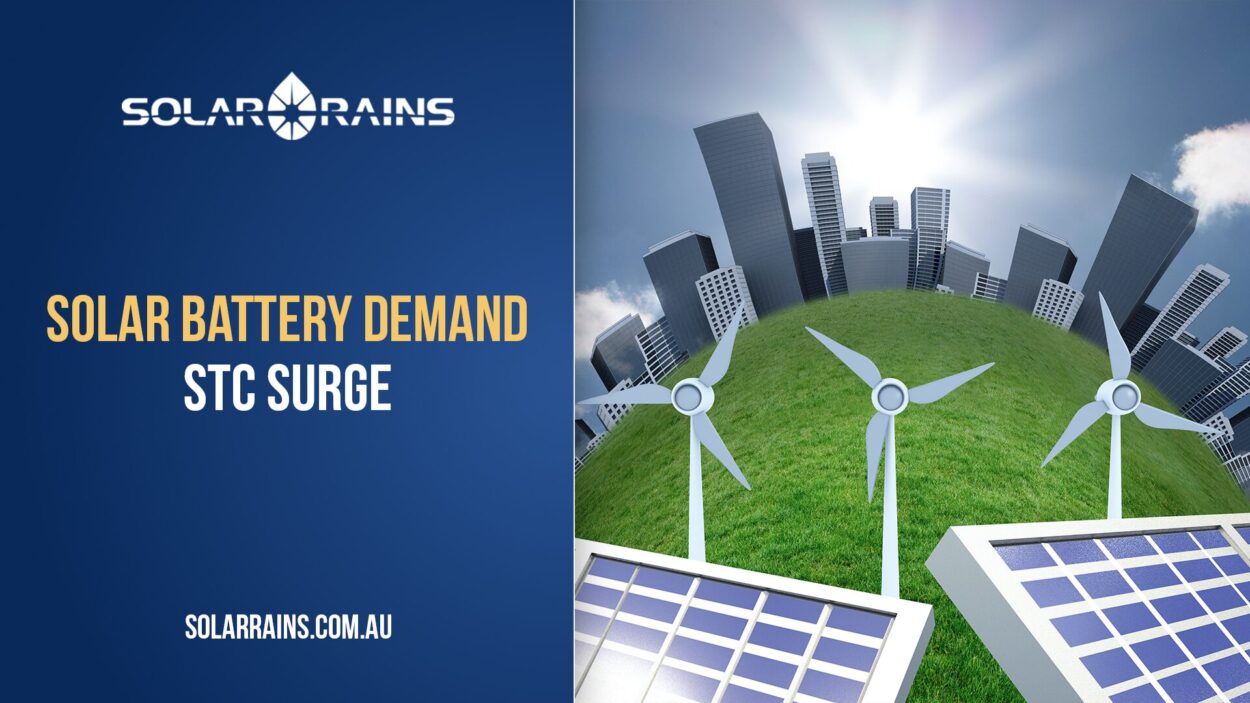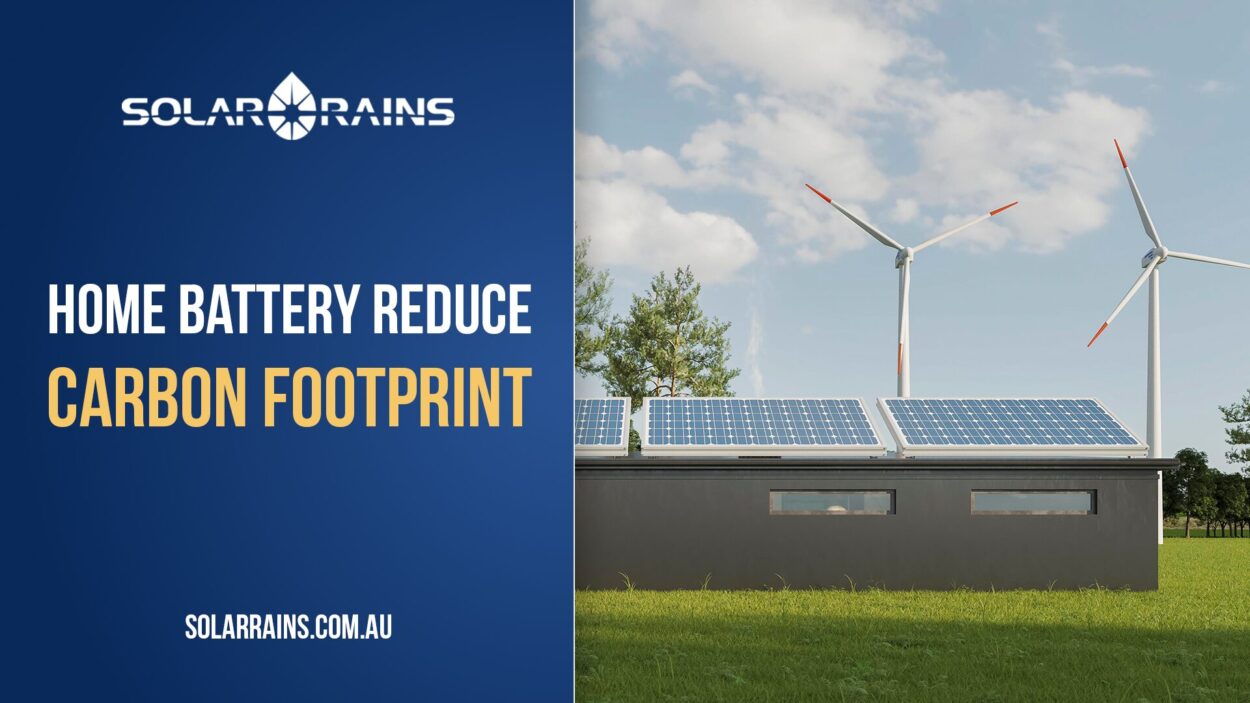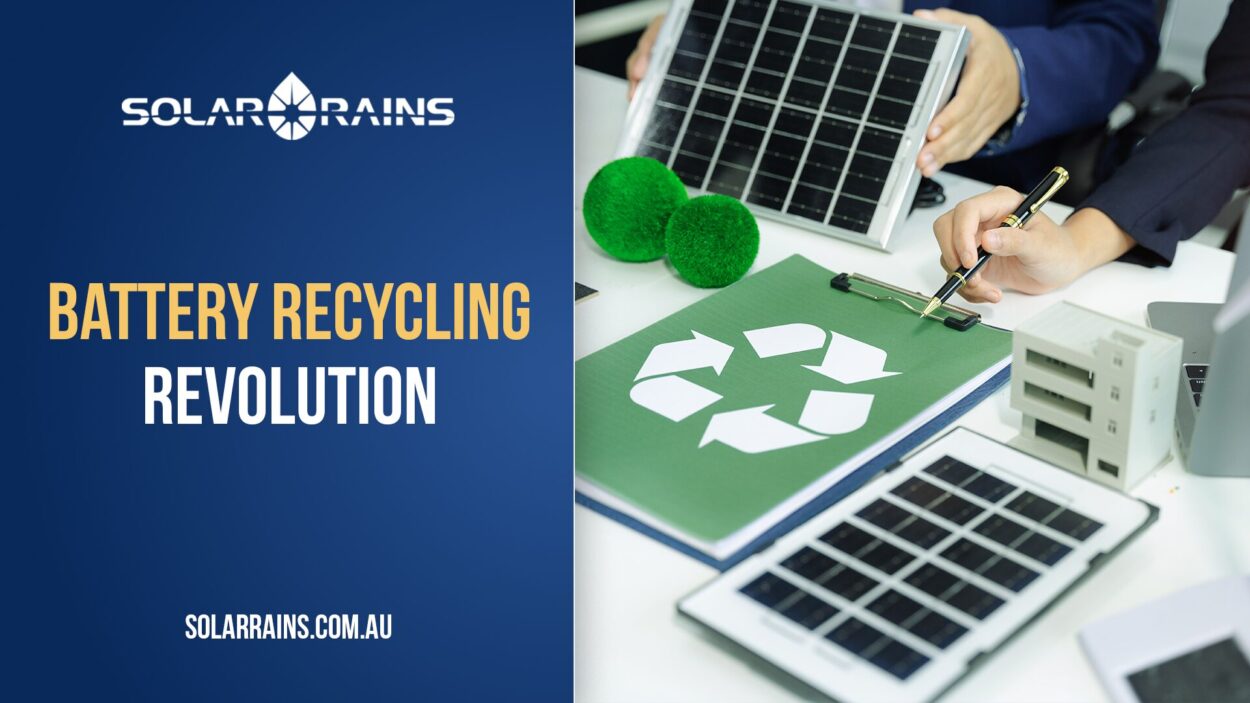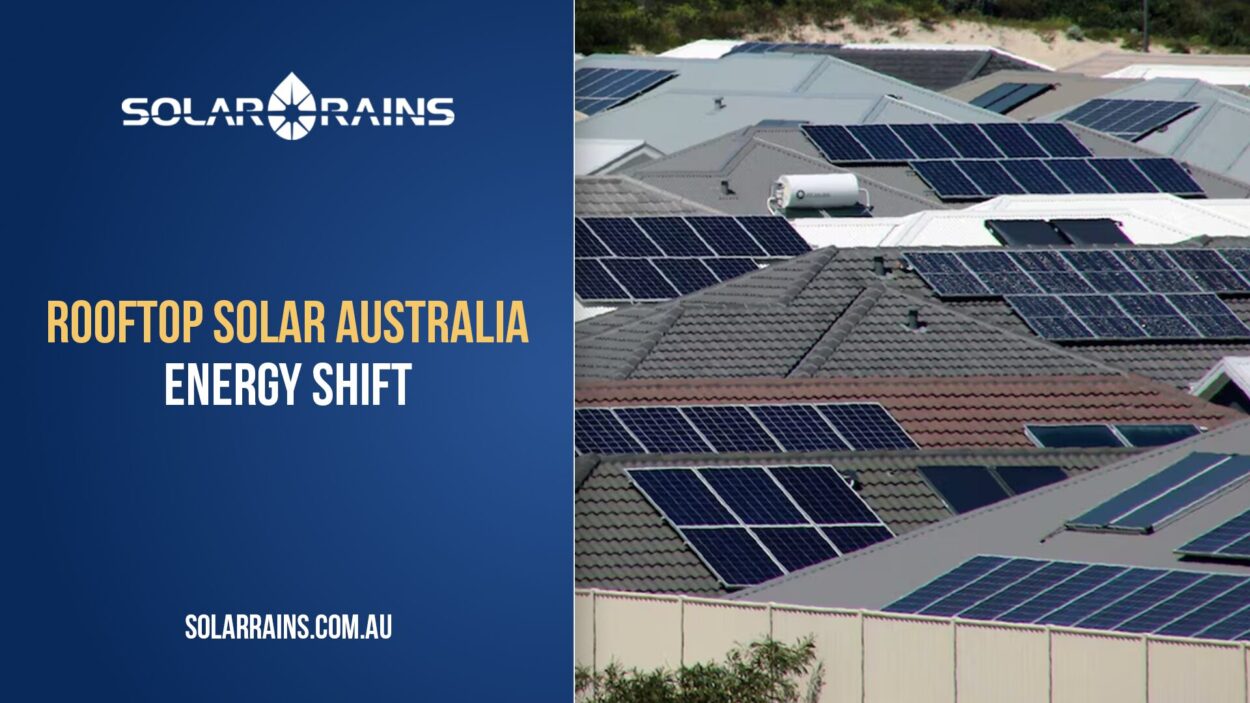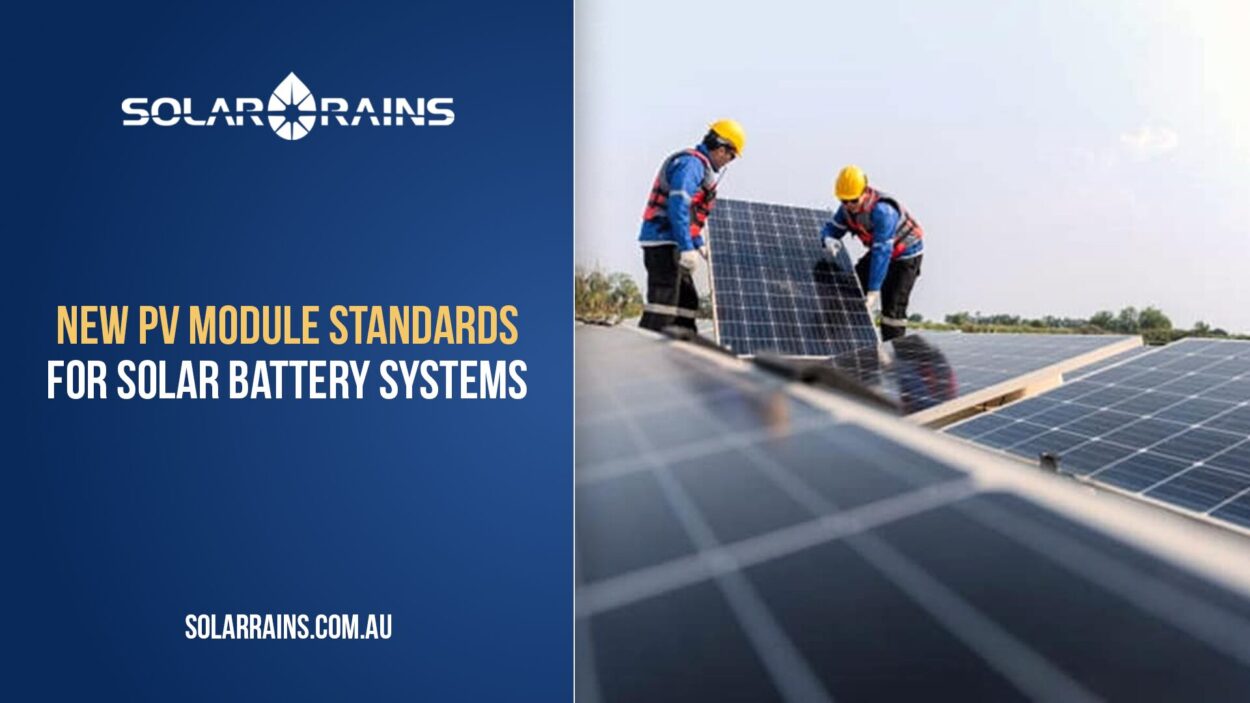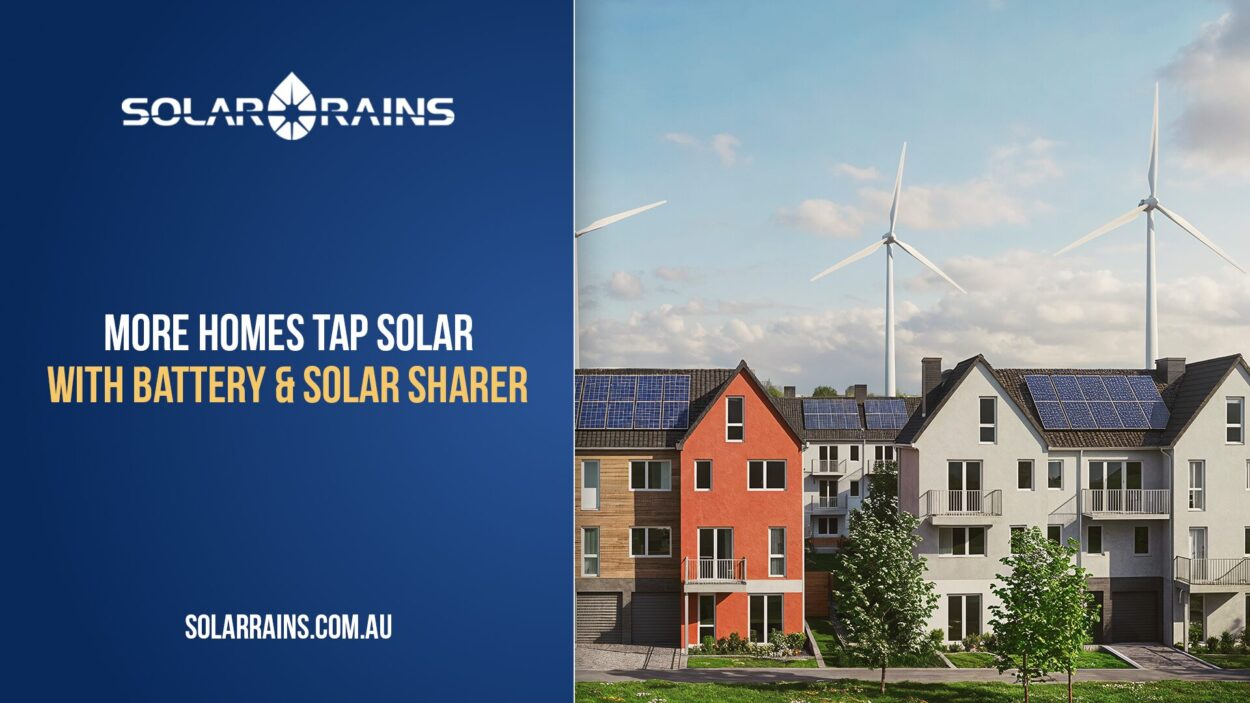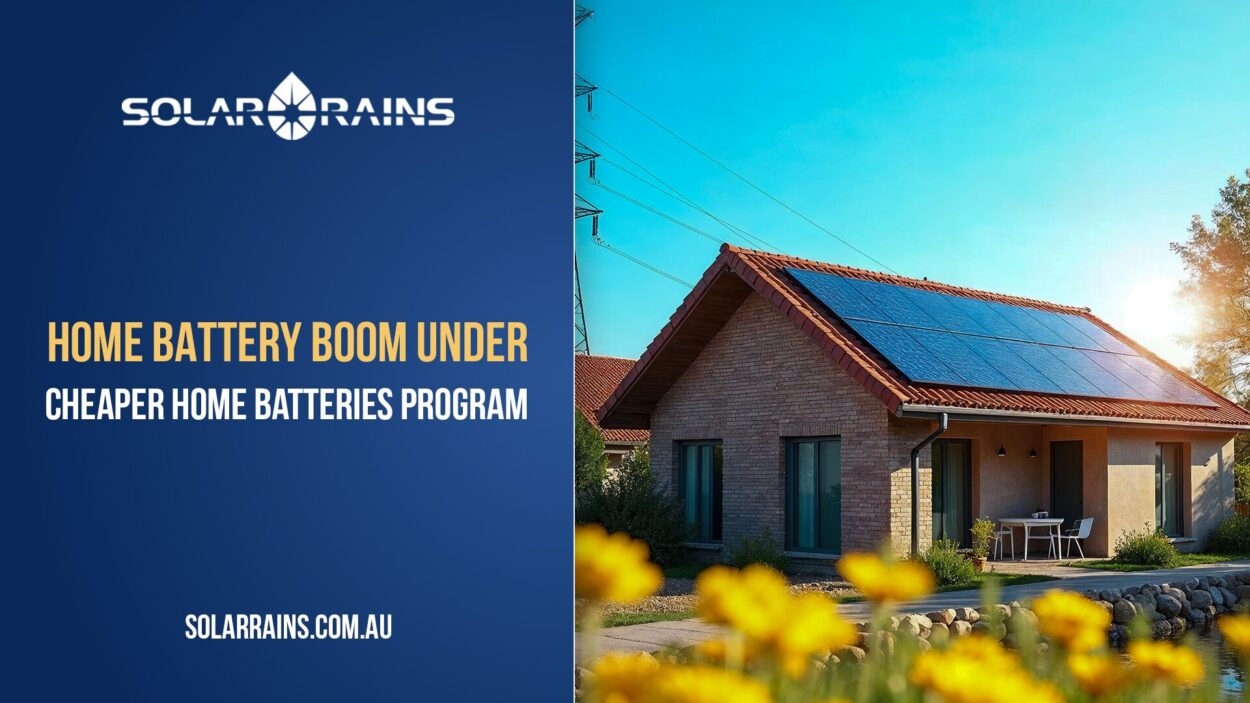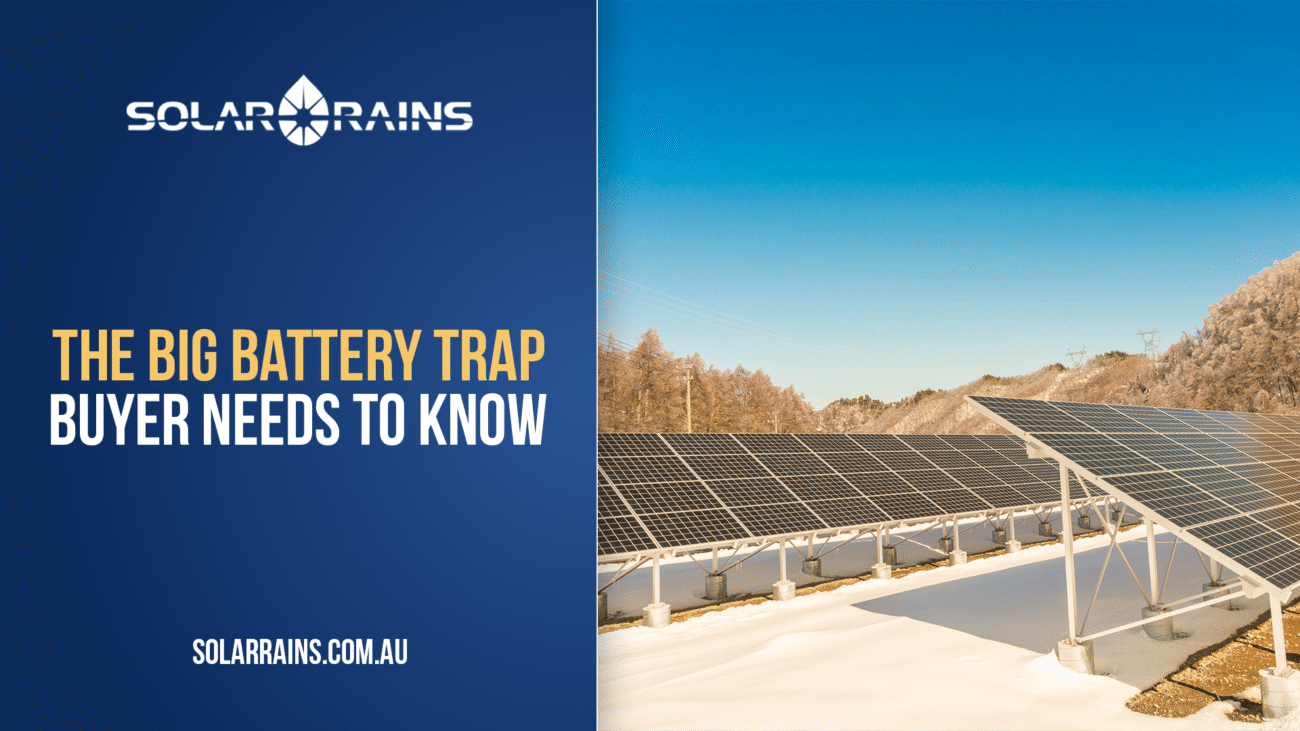The NSW Peak Demand Reduction Scheme (PDRS) is a major energy policy launched by the New South Wales Government to reduce electricity demand during peak hours. Targeted at homeowners, small businesses, and energy providers, the scheme provides incentives aimed at relieving pressure on the grid, improving energy security, and promoting clean energy technologies — particularly the use of solar batteries.
Purpose & Overview of PDRS
The PDRS was established in September 2021 under the NSW Energy Security Safeguard, with the ambition to reduce peak power usage and prevent electricity supply disruptions. The scheme operates via tradable Peak Reduction Certificates (PRCs), which quantify reductions in grid demand during defined peak events.
The strategic goals include:
- Lowering power costs: A projected AUD 1.2 billion in savings by 2040.
- Supporting decarbonisation: Helping NSW cut greenhouse gas emissions by 70% by 2035 and reach net zero by 2050.
- Enhancing grid resilience: Reducing strain on infrastructure during extreme demand periods.
Eligible technologies span smart air conditioners, efficient pool pumps, VPP-enabled solar batteries, and more.
How the PDRS Works
Certificate-Based Incentives
PRCs are issued for each kilowatt of reduced demand during peak periods. Energy retailers and large users are required to surrender PRCs to meet compliance targets.
Accredited Certificate Providers (ACPs)
Installers accredited under the New Energy Tech Consumer Code (NETCC) qualify as ACPs. They register eligible projects and generate PRCs based on energy saved.
Recognised Demand-Reduction Technologies
From November 1, 2024, residential solar batteries were formally included under PDRS as eligible technologies (referred to as BESS1 and BESS2).
- BESS1: PRCs for battery installation behind-the-meter (2–28 kWh usable capacity).
- BESS2: Additional PRCs for batteries connected to a Virtual Power Plant (VPP).
Key Updates as of 1 July 2025
Recent changes in the PDRS rules, effective from July 1 2025, include :
- Improved VPP incentives: The VPP connection incentive in BESS2 increased, allowing up-front claims for up to 6 years’ worth of benefits.
- Battery installation (BESS1) incentives suspended: Following federal rebates (e.g., the Cheaper Home Batteries Program), the NSW scheme removed BESS1 support to prevent stacking overlapping subsidies.
- Ban on door-to-door sales: Efforts to curb aggressive sales tactics in retrofit promotions are due to be implemented by August 2025 .
Relevant Regulatory Changes
The 2024 amendments to the PDRS included:
- DER Register requirement easing: Batteries must be registered on AEMO’s Distributed Energy Resources register; installers are granted a transitional 6-month compliance period.
- Warranty clarification: Battery warranty mandates (minimum 10 years, ≥70% capacity retention) apply to newly installed batteries but not to pre-existing hybrid inverters.
- Other activity adjustments: Heat pump water heater activity suspended pending review to maintain program integrity.
Achievements and Future Outlook
Early Impact
- A notable surge in battery installations has been reported across NSW since November 2024, with regions like Northern Beaches and Central Coast showing strong uptake.
- Average annual savings for a household with solar and battery installations are estimated at AUD 1,500 – 2,000.
Projections
- The PDRS is forecast to save around AUD 1.2 billion in electricity costs by 2040.
- Continual integration with federal schemes, such as the Cheaper Home Batteries Program, is expected to accelerate public contributions to grid stability.
Strategic Role for Solar Batteries
- Solar batteries provide peak shifting capabilities.
- VPP integration amplifies user benefits and contributes to grid management.
- They serve as a cost-effective supplementary strategy to large-scale grid upgrades.
FAQs
Both households and small businesses in NSW qualify, provided installations occur after November 1, 2024, through an accredited ACP.
No—PRCs can also be generated by households with battery installations or connected VPPs, enabling small-scale participants to benefit.
Existing solar batteries are eligible under BESS2 for VPP incentives, provided they still meet warranty and registration criteria.
BESS1 installation credits are paused from July 2025 to avoid overlap. However, VPP incentive (BESS2) remains and is stackable with federal schemes.
Usable capacity 2–28 kWh, ≥10-year warranty (70% capacity retention), internet/VPP capability, and temperature range compliance.
Through an accredited ACP using IPART’s portal (TESSA), including all documentation such as DER registration, battery specs, and VPP connection evidence.
Why Solar Batteries Matter
The PDRS recognizes solar batteries as essential solutions for:
- Peak demand reduction: Batteries discharge in critical hours (e.g., 2:30–8:30 pm AEDT Sep–Mar) to lessen grid load.
- Grid stability: VPPs can dispatch distributed energy to manage real-time demand variations.
- Cost savings: Participants receive incentives directly or through upfront discounts facilitated by ACPs.
- Decarbonising the grid: Batteries promote clean energy across the network and reduce reliance on fossil fuels.
Conclusion
NSW’s Peak Demand Reduction Scheme is a powerful initiative to curb peak electricity use, reinforce energy security, and accelerate the clean energy transition. By rewarding solar battery adoption—especially when paired with VPPs—PDRS encourages households and small businesses to play an active role in reducing grid pressure.
As of 1 July 2025, BESS1 battery installation incentives have been streamlined alongside federal schemes, while BESS2 VPP credits have been more accessible and lucrative .
If you’re considering a solar battery or expanding your system, now is a perfect time. Connecting to a certified installer and participating in a VPP could reduce both your energy bills and your carbon footprint.

